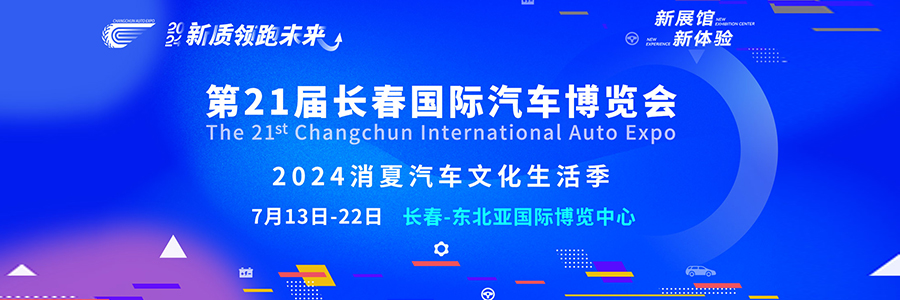Grand Opening of the 21st Changchun International Automobile Exposition
2024-7-16
On July 13, the 21st Changchun International Automobile Exposition was grandly opened in Changchun Northeast Asia International Expo Center. Since the first China (Changchun) International Automobile Exposition was held in 1999, this auto industry event is not only a platform for Chinese and foreign automobile enterprises to display new technologies and products, but also an excellent window for outsiders to observe the development of China's auto industry.

Optical components are playing an increasingly important role in the rapid growth of today's automotive industry. From improving driver safety to enhancing the driving experience, innovative applications of optical technology are reshaping the design and functionality of automobiles.
First and foremost, automotive lighting systems are one of the key application areas for optical components. Traditional automotive headlamps have been gradually replaced by more advanced LED headlamps and laser headlamps, which offer high brightness, low energy consumption, and a long lifespan, providing clearer, more uniform illumination and enhanced visibility for nighttime driving.
Optical sensors also play an integral role in automotive safety systems. For example, reversing cameras and surround view cameras utilize optical imaging principles to provide drivers with real-time images of the vehicle's surroundings, helping them to better judge their surroundings and reduce the risk of collision. In addition, the development of autonomous driving technology relies on a variety of optical sensors, such as LIDAR, millimeter-wave radar, and cameras, which can sense objects, road conditions, and traffic signals around the vehicle in real time, providing critical data for vehicle decision-making and control.
The optical components in the vehicle also add to the driving experience. Head-up display (HUD) technology projects important driving information, such as speed and navigation instructions, directly into the driver's line of sight, reducing the frequency with which the driver has to look down to check the instrument panel and improving driving safety and convenience.
Optical components also have their place in the field of automotive communications. Optical communication technology can achieve high-speed, stable data transmission for communication between vehicles and between vehicles and infrastructure, laying the foundation for the development of intelligent transportation systems.
Overall, the application of optical components in the automotive industry has brought great impetus to the development of safety, comfort and intelligence of vehicles. With the continuous progress of technology, we have reason to believe that optical components will play a more important role in the future of the automotive field, bringing more convenience and security for our travel.

